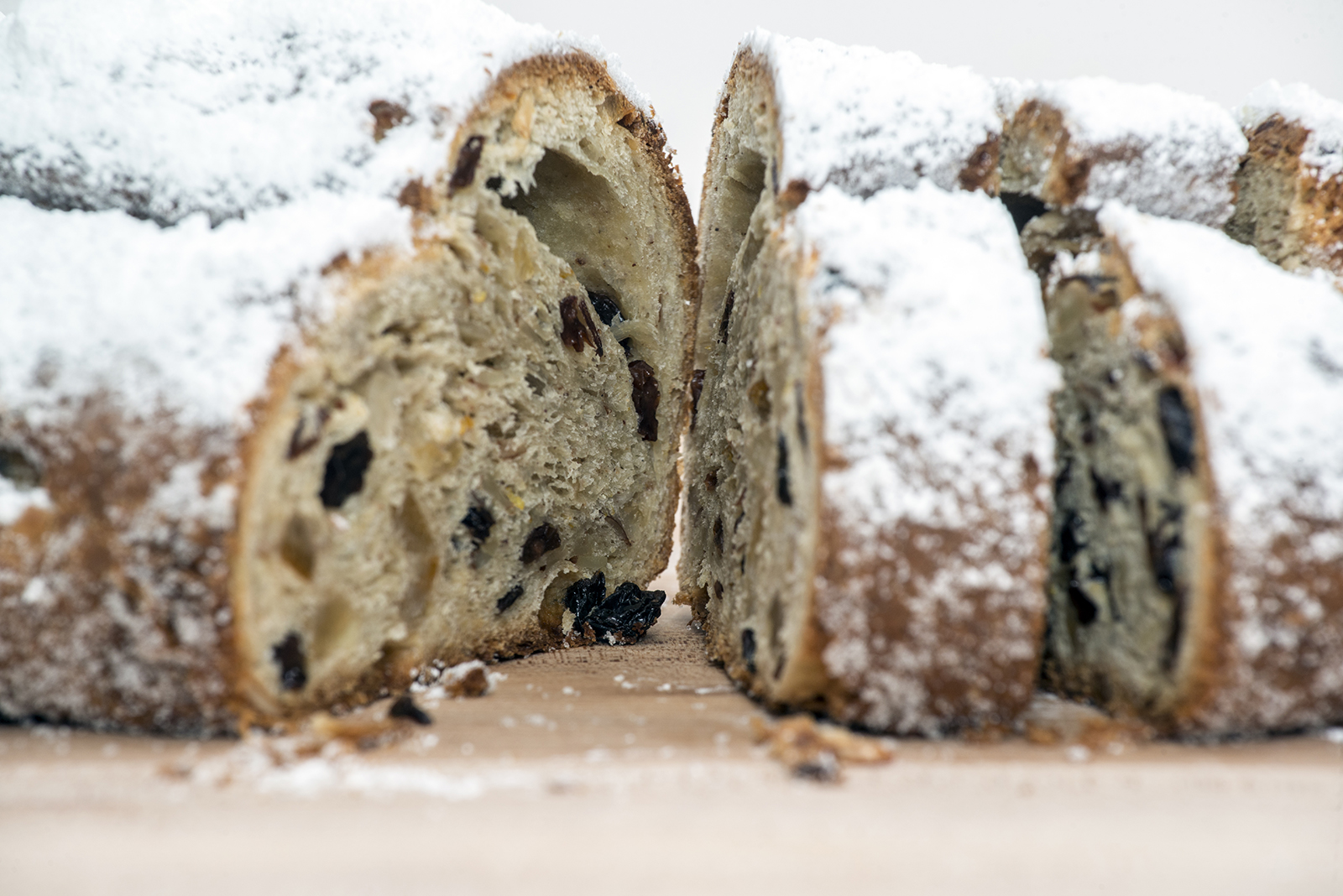Bread Storage
Bread storage for everyday use: Store your bread cut side down in a paper bag or in a cotton bread bag, doing so will allow the bread to breathe, keeping the outside nice and crusty and the inside soft. You may also store your bread in a plastic bag, however doing this will soften the crust.
It is not recommended to store your bread in the refrigerator. A refrigerator is an extremely dry environment and will harden your bread quickly.
Extended bread storage: If you cannot finish your bread in a day or two, you can freeze it. Wrap your bread well in plastic wrap and place it in a freezer bag. Write the date on the bread before putting it in the freezer and try use it within 6 months.
Baguettes need to be eaten the day they were baked! If not, they become extremely hard, but do make great weapons, light sabers or walking sticks.

Bread Revival
If you want to revive bread that has sat out for a couple of days or you want to use the bread that has been frozen, you will need to; completely thaw your frozen bread (leaving it in the plastic wrap). Pre-heat oven to 375 degrees. Spray the day-old bread with water (remove the plastic wrap from your thawed bread) and place in the oven for 8 – 10 minutes (internal temperature should be 130 – 140F). Let it cool slightly and enjoy!

Bread Knives
A good bread knife will do wonders slicing your loaf. What makes a good bread knife? Besides being sharp, having a blade that is fairly long (9 inches or more) and that has scalloped serrations “wavy blade” (rather than small teeth or a jagged edge)

Bread Slicing
Let your knife do the work using the long blade in a sawing motion. Do not apply too much pressure when slicing (especially the first inch or two). Appling too much pressure will deform the loaf and cause an uneven cut..

